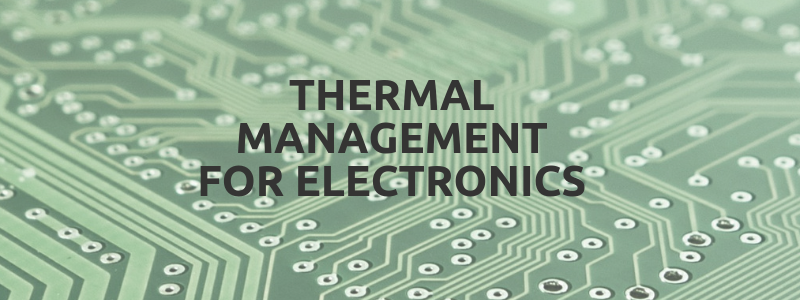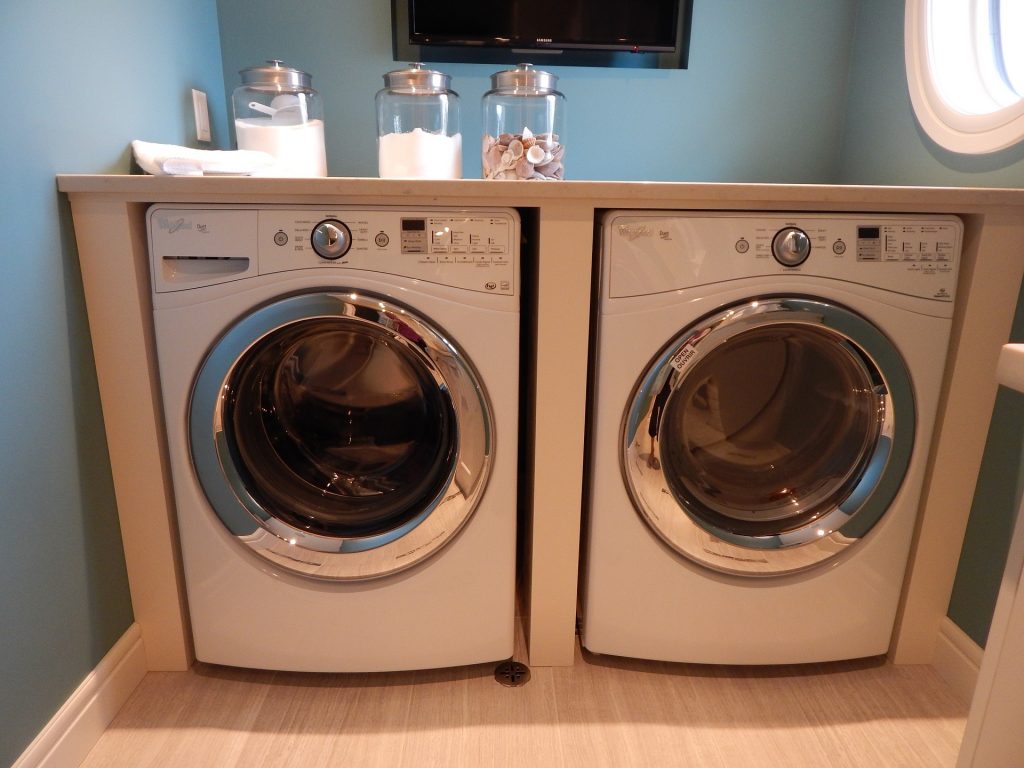
Thermal management for electronics is critical where electronic components produce significant amounts of heat. Where this is the case, effective thermal management will prolong the working life of these components and also increase their reliability. Such components include power transistors, CPUs (central processing units) and power diodes used in the power electronics industry. For thermal management, mica offers adaptability and flexibility combined with high resistivity and stability. As an insulating material which will not conduct electricity, it is well suited in a wide range of applications in electronics.
The Demands for Miniaturisation
User demand is driving the design and refinement of electronic products. This has meant more miniaturisation in electronics, but also more issues with heat dissipation.
Typically, today’s electronic products are smaller but more powerful, with increased power consumption and heat generation. Two key things to consider are the performance and longevity of the device, but also the safety of the user.
There are now more thermal management challenges for electronics, requiring innovative solutions involving thermodynamics and heat transfer.
Fundamental Heat Transfer Modes
The basic heat transfer modes are convection, conduction and radiation. Increasingly, thermal management for electronics must involve multiple rather than single-phase heat transfer. This is to keep pace with advanced technologies in electronics.
At the heart of thermal management solutions are materials that make a crucial contribution, such as mica and microporous insulation materials.
Newton’s Law of Cooling
Newton’s law of cooling states that the rate of loss of heat is proportional to the temperature difference between a body or object and its surroundings. A heat producing electronic component’s temperature will rise during its operation, until the heat within the device is equal to the heat lost to its surroundings, when it reaches equilibrium temperature.
However, this temperature may be sufficient to shorten the life of the component. In some instances, it can cause it to fail.
Therefore, to ensure the reliability and performance, thermal management is necessary. This applies to complete circuits, or to devices that include individual components that are heat-generating.
Surface area is a critical consideration here. Heat loss occurs at a component’s surface, and the greater its surface area, the increase in heat loss. One method of thermal management therefore is to artificially increase this surface area to increase the rate of heat loss, and therefore help the component reach equilibrium and limit its operating temperature.
The Use of Heat Sinks
Attaching an insulated heat sink to a device will increase its surface area. The heat sink is typically made from copper, aluminium or a related alloy and must be a good conductor of heat. The heat sink is a passive heat exchanger, that transfers heat from an electronic device to an air or liquid coolant, which then dispels this heat. With its natural conductive qualities, mica is an ideal material for use as an insulator of heat sinks used in thermal management for electronics.
Mica insulation will help increase heat loss by filling the gap between the device and the heat sink, and therefore help control its operating temperature. This thermal conductivity is crucial to the efficiency of the heat sink in thermal management.
Multi-functionality and Distorted Waveforms
As noted earlier, the increasing sophistication of modern electronics requires integrated solutions with inbuilt multi-functionality. This, in turn, places a much greater need on the protection of components and devices during their operations. In power electronics, distorted waveforms can affect the performance of insulation systems, which means that stability and resistivity are critical requirements to ensure thermal management.
Mica’s high dielectric strength makes it perfect for these insulation purposes. It can withstand intense electric fields and extremely high temperatures, up to 650°C. Combined with glass fibre, mica also has considerable mechanical strength.
Protecting the Consumer
With the rise of the internet of things, even everyday consumer appliances are becoming increasingly sophisticated. This sophistication brings with it new demands on operational efficiency and safety, however.

Designers and manufacturers of consumer appliances must reconcile the drive towards improved performance with the basic requirements of safety and reliability through thermal management of electronics.
Some of these appliances will generate heat as part of their end function, such as microwaves, dryers and other heaters. Vital requirements include exceptional electronic, thermal and fire resistance, rapid heat transfer and excellent mechanical properties.
This is in the context of mass produced products, which means any thermal management systems must be easily duplicated and be cost-effective.
Thermal Management For Electronics: Solutions
As a specialist manufacturer, Elmelin provides expert thermal management solutions for electronics. We also have an extensive prototyping capability for advanced product and process development.
Please phone us now on +44 20 8520 2248, email sales@elmelin.com, or complete our online enquiry form. We’ll get back to you as soon as possible.
